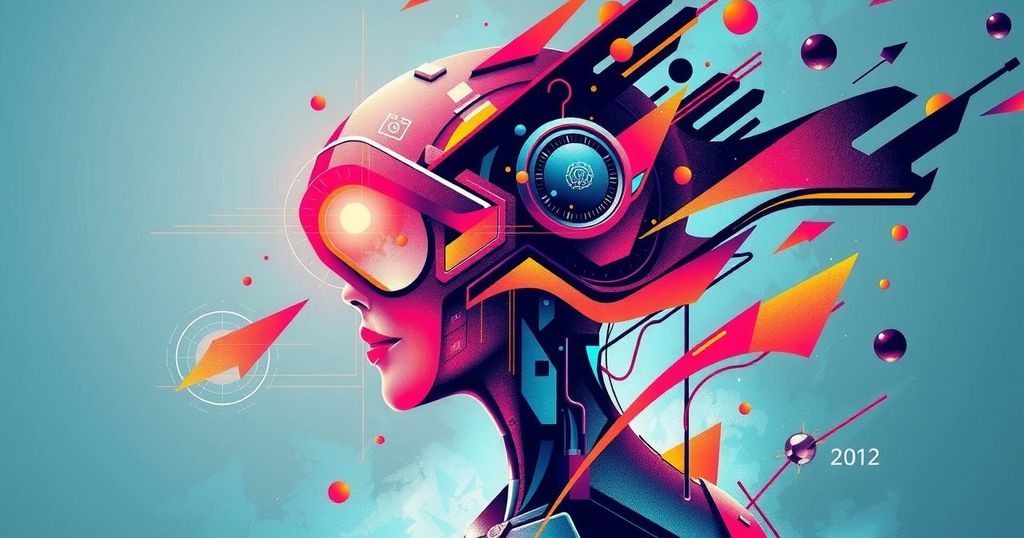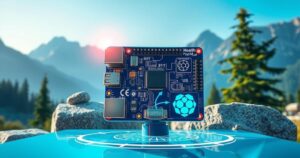Nvidia’s CEO Warns of AI Job Losses Without Innovation
- Nvidia’s CEO warns of job losses without innovation.
- Huang believes productivity and employment can thrive together.
- Automation could impact many jobs, yet create new opportunities.
- 41% of CEOs predict job reductions due to AI within five years.
- Technological advancements historically increase productivity and jobs.
AI’s impact: A fine line between productivity and job loss
Nvidia’s CEO Jensen Huang made waves recently, discussing the dual-edged sword of artificial intelligence during an interview. He expressed a nuanced view, noting that yes, while AI stands to elevate productivity in the workplace, it might also trigger job losses if industries stagnate in terms of innovation. The conversation centered on concerns raised by Dario Amodei, CEO of Anthropic, who warned of mass unemployment due to AI’s advancements looming on the horizon.
The need for innovation in an AI-driven future
Huang’s take is particularly interesting because he emphasizes the need for ongoing innovation to keep the workforce thriving. “If we run out of ideas, productivity gains become a double-edged sword, potentially leading to job losses,” he cautioned. This suggests that society’s ability to introduce new concepts or offerings is crucial to maintaining employment, a sentiment echoed in the tech community where many executives foresee significant transitions in the workforce over the coming years.
Balancing automation and job creativity
The landscape is changing swiftly, and a survey indicates as many as 41% of CEOs foresee AI reducing jobs within their companies. Concerns are rising, as other reports predict a possible upswing in unemployment due to automation. Huang, however, remains optimistic, suggesting an equilibrium can be maintained if fresh ideas continuously surface. He pointed out that within the grand arc of technological progress over centuries, innovation has historically led to both increased productivity and new job creation, a cycle he believes can repeat with AI’s emergence. As many companies gear up to automate tasks previously handled by employees, as indicated by a major survey, Huang’s hopes lie in the promise of AI as a facilitator of a robust workforce.
Huang’s interview paints a complex picture of AI’s future—the potential for enhanced productivity co-existing with significant job restructuring. While the fears around lost jobs due to automation are real, the narrative is not solely bleak. His call for continued innovation suggests that through creative problem solving, society might just enjoy the benefits of AI without spiraling unemployment.




